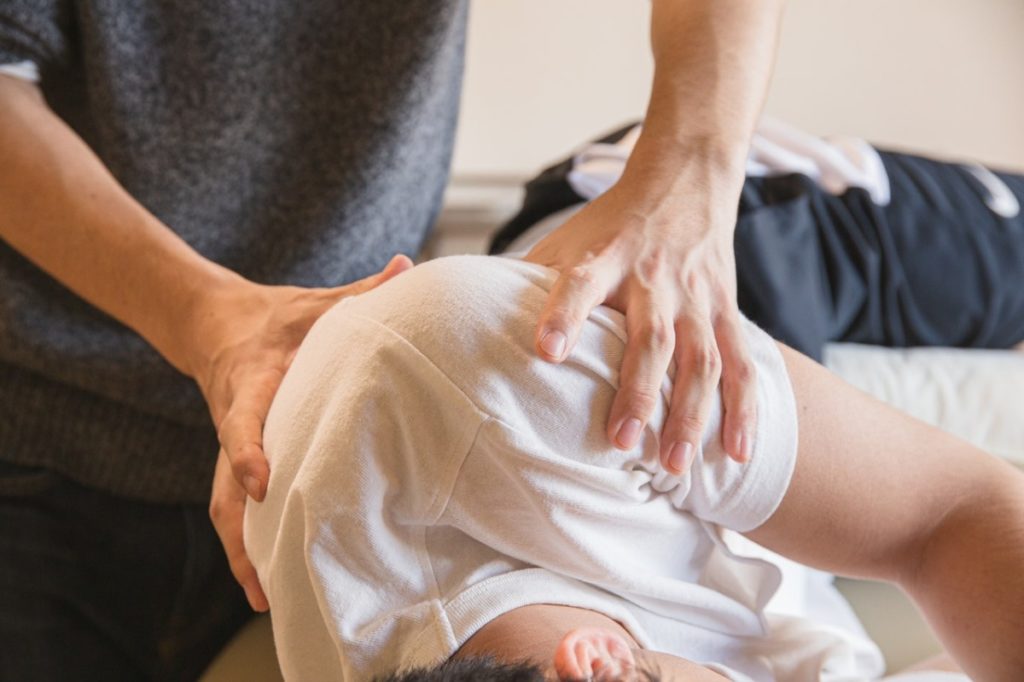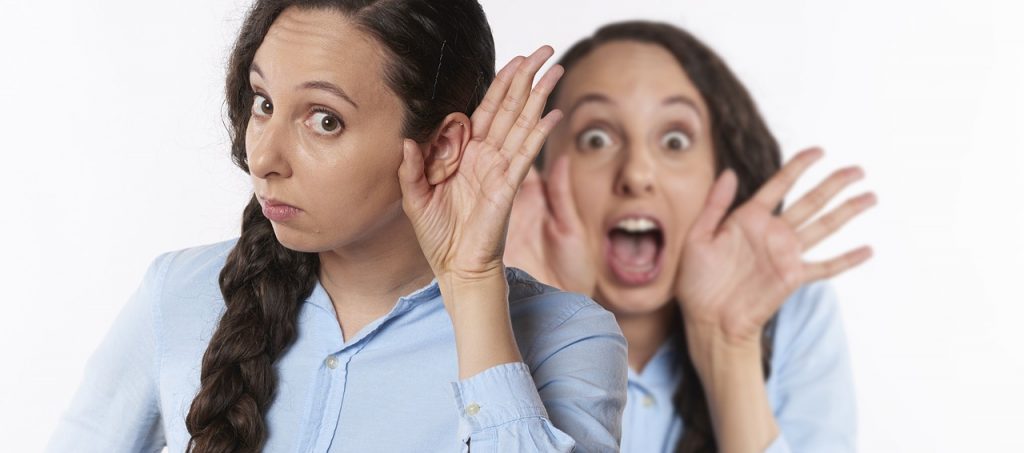The International Association for the Study of Pain (IASP) raises worldwide awareness about different types of pain by promoting the Global Year Against Pain. It focuses on a different facet of pain with an international impact each year, aiming to achieve better patient treatment and relief. The association declared 2021 as the Global Year About Back Pain.
According to the IASP, disability from lower back pain has been increasing as a global problem since 1990, causing increasing disability across all adult age groups until 2019. In 2010, according to BMJ Journals, lower back pain was the foremost trigger for disability around the world. In 2017, low back pain affected 7.5 percent of the world’s population. Of all the years lost to disability from lower back pain, 70 percent were from working-age people from 20 to 65 years old. The World Health Organization (WHO) states that 60 to 70 percent of people in industrialized nations will have back pain that affects well-being and work performance.
In the US, about 80 percent of the population or 31 million adults go through back pain. Almost half of all American workers suffer back issues that cause absences from work totaling 264 million workdays each year. The good news is that according to the University of Michigan, 90 percent of lower back pain responds to treatment in six weeks or less. You must, however, be wary of the 10 percent.
Serious Issues Linked to Back Pain
According to Mayo Clinic, you must see a doctor if your back pain is severe and lasts for more than a few weeks so that he can check any underlying health issues. Several serious health problems can cause back pain.
Scoliosis is a condition with the spine curving or twisting to the side, causing pain in the back and down the legs. This can be congenital or developed at any time from childhood to adulthood. Once diagnosed, have it treated immediately to prevent an increase in the spinal curve or twist.
The Schroth physical therapy method is a proven treatment for scoliosis that trains patients to use their bodies with correct posture in day-to-day activities. They are also taught exercises that strengthen their trunk muscles to enable these to work together to straighten the spine. Advanced scoliosis can require surgery and therapy resumes after the patient recovers.
Spinal stenosis is the condition where spaces within the spine narrow down through the wear-and-tear linked with osteoarthritis. Cervical stenosis involves the portion of the spine in the neck and lumbar stenosis involves the lower back. Some people do not feel any symptoms from this condition but if the condition progresses it can cause pain, numbness, weakness, problems with balance, incontinence, and paralysis. Treatment can range from self-care to physical therapy to surgery for severe cases.
A herniated disk, slipped disk, or ruptured disk means the soft center of a disk between vertebrae is leaking in the neck or back. Some do not feel any discomfort, but others feel pain, numbness, or weakness in their arm or leg on just one side of the body. In rare cases, surgery prevents paralysis. You can prevent this through regular exercise, good posture, and weight maintenance.
Osteoporosis is the condition when the body does not produce enough new bone to replace weak and brittle old bones. This can cause a collapsed or fractured vertebra that creates a hunched posture and back pain. It also greatly increases the risk of broken bones from falls. You can prevent this with good nutrition that includes calcium and vitamin D, as well as regular exercise and weight maintenance. If osteoporosis is already advanced, the treatment consists of medication.

Common Back Pain
Fifty-four percent of common back pain is usually because of an inactive lifestyle that lacks regular physical movement. Research by the University of Waterloo showed that just two hours of standing can cause back pain. They recommend changing positions often while working or doing any activity.
Mayo Clinic advises applying heat and taking over-the-counter pain relievers while continuing with light daily routines at home. The clinic also suggests working with a physical therapist who can teach a patient how to move to avoid flareups while in a back pain episode. The therapist can demonstrate various exercises to improve posture and flexibility and strengthen muscles in the abdomen and back to prevent recurrence of the pain. Mayo Clinic likewise mentions alternative therapies like massage, yoga, transcutaneous electrical nerve stimulation (TENS), acupuncture, and chiropractic manipulation.
Prevent Back Pain
It is always better to prevent back pain so that you do not need to treat and manage it. Having daily physical activity is necessary, incorporating aerobic exercise and twice a week of muscle strength training. Choose exercises appropriate to your level of fitness to avoid injury and pain. Do not forget warm-ups, cool-downs, and stretches.
Do not stay in one position for more than 30 minutes, whether sitting or standing. Walk around and move your head, shoulders, and arms, and twist your waist every few minutes while at your desk or watching TV.
Maintain your weight by eating a healthy diet that nourishes your muscles and backbone. Make sure you have enough calcium and protein and avoid sugar.
At night, use a mattress that supports your body properly and a pillow that is not too thick. A body pillow can support your leg if you like sleeping on your side.
Be conscious of your movements and use your entire body properly, especially when lifting heavy objects. By being conscientious and intentional in your actions, you will be rewarded with no more backaches.







